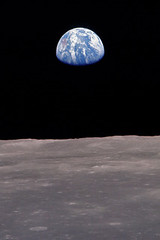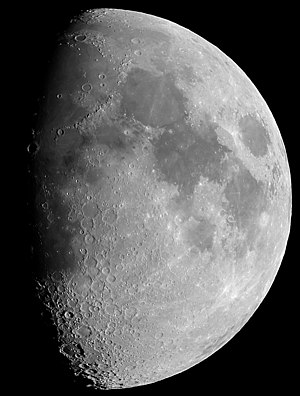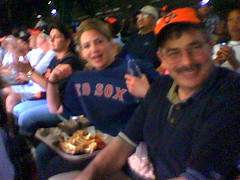 Image via
Image via
Wikipedia
The smile on Thurgood Marshall's face would have been one of the widest. Sadly, he didn't live to see the day. Nor did Rosa Parks. Nor did many other heroes of the civil rights movement in America. These people didn't struggle in vain, for their dream has come true in certain respects: African-Americans and other people who don't happen to have white-colored skin have more equal rights in America than they used to, have more opportunities than they used to. This is nowhere more eloquently and fittingly illustrated in the identity of the keynote speaker at the 100th anniversary of the founding of the National Association for the Advancement of Colored People (NAACP). He was a Black man, all right, and he was the President of the United States.
 Image by jmtimages
Image by jmtimages
via Flickr
Barack Obama was only too happy to address the NAACP conference on July 18, 2009, in Manhattan. He paid homage to the heroes of the civil rights movement, in particular to Marshall, best known in his early career for successfully arguing the case of Brown v Board of Education of Topeka, which resulted in the Supreme Court's 1954 proclamation that "separate educational facilities are inherently unequal."
Obama was only too happy to sound the education theme: "There's a reason the story of the civil rights movement was written in our schools. There's a reason Thurgood Marshall took up the cause of Linda Brown. There's a reason the Little Rock Nine defied a governor and a mob. It's because there is no stronger weapon against inequality and no better path to opportunity than an education that can unlock a child's God-given potential."
The President has a point: Initiative, nurtured by opportunity and rewarded by further opportunity, can be the root of great achievements. Education is important, one of the most important things a child can be given, yet too many people achieve too little of it. One who achieved a great deal of it is Obama himself, at the urging of his mother and of his wife. He is the living embodiment of the potential of the American dream, augmented by the struggles of people like Parks, Marshall, Martin Luther King, Jr., and many more.
The NAACP's mission is not complete, by any means. But the efforts of people who belong to the organization and the efforts of many more people with similar goals have helped achieve what many people could only dream of just a few short years ago: a Black man in the White House.
![Reblog this post [with Zemanta]](http://img.zemanta.com/reblog_e.png?x-id=16e4f32b-2b4e-4a7b-ba95-21391692c3eb)
 Image by The Pug
Image by The Pug Image via
Image via Image by The Pug
Image by The Pug Image via
Image via Image via
Image via Image by jmtimages
Image by jmtimages Image via Wikipedia
Image via Wikipedia Image via Wikipedia
Image via Wikipedia Image by krakatoa via Flickr
Image by krakatoa via Flickr Image by Getty Images via Daylife
Image by Getty Images via Daylife